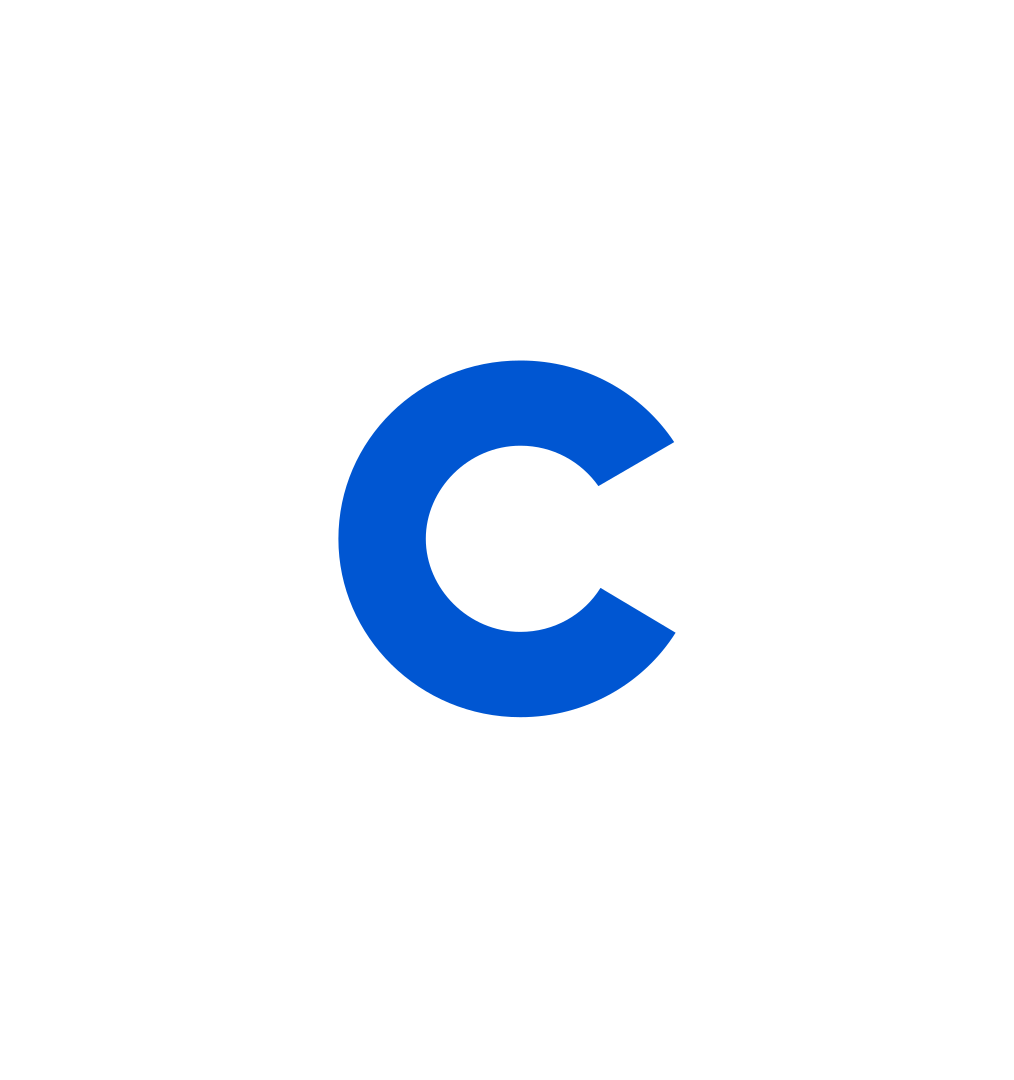Figma vs. Sketch vs. Adobe XD: Which Design Tool Is Right for You?
Learn about key differences in these popular design tools—and how to figure out the best one for you.
![[Featured image] A UI designer working with Figma at their laptop in a UX design office.](https://d3njjcbhbojbot.cloudfront.net/api/utilities/v1/imageproxy/https://images.ctfassets.net/wp1lcwdav1p1/MqSHGrRiFYEZeJFx7VE8f/752c2f6d7a87144275adeb68b6a01477/Figma_vs_Sketch.png?w=1500&h=680&q=60&fit=fill&f=faces&fm=jpg&fl=progressive&auto=format%2Ccompress&dpr=1&w=1000)
When you work in design—whether that's graphic design, UI design, UX design, or product design—there are a few options when it comes to available tools. Sketch and Adobe XD have long been among the more popular design tools, but in recent years, Figma has emerged as a competitive alternative.
Learn about the key differences between these three tools and how to decide the best one for your design projects. Afterward, keep building your graphic design skills with the Adobe Graphic Designer Professional Certificate.
What are the more popular design tools?
The frontrunners among design tools tend to be Figma, Sketch, and Adobe XD.
Figma
Figma is a cloud-based vector graphics and prototyping tool used for a range of graphic design tasks, including designs for websites, mobile apps, and other digital experiences. Since its release in 2016, it has become an incredibly popular option for UI designers thanks to the fact that it works directly in a browser and encourages real-time collaboration. You can access your projects from any computer and platform without having to install software or purchase multiple licenses.
Sketch
Sketch is a desktop vector graphics editor for MacOS released in 2010. It's been the go-to choice for many UI and UX designers because there's no steep learning curve. It's geared toward digital design, so it isn’t weighed down with any print design features. You can work offline on your projects on the native MacOS app, and then collaborate online with a synced web app.
Adobe XD
Adobe XD is a vector-based design tool specifically for UX design. It was released in 2016 with UX-specific features unavailable to designers using Photoshop or Illustrator. You can use it as a desktop app on your computer or a cloud app on mobile devices.
It's worth noting that Adobe put XD into maintenance mode in 2023, meaning that while the program is still available to users, the company is not "investing in ongoing development or shipping new features within the product" [1].
Learn more: UI vs. UX Design: What's the Difference?
Figma vs. Sketch vs. Adobe XD
Figma, Sketch, and Adobe XD are all excellent software programs, but each has its own strengths.
| Figma | Sketch | Adobe XD | |
|---|---|---|---|
| Platform | Browser-based app | Desktop and browser app | Desktop and mobile app |
| Operating system | MacOS, Windows, Linux | MacOS | MacOS, Windows, iOS, Android |
| Collaboration | Real-time collaboration | Real-time collaboration for MacOS Sketch subscribers | Real-time collaboration on projects synced to the cloud |
| Getting started | Lessons and design exercises | Documentation | Video tutorials and step-by-step guides |
| Plugins | Growing library available in-app | Large library, downloaded externally | Growing library available in-app |
| Vector manipulation | Vector networks | Vector paths | Vector paths |
| *Price | Free starter version or $16/month per full professional seat (US) | 30-day free trial, then $12/month per editor (US) | No longer available for purchase as a standalone app |
*Prices are current as of March 2025. Note that Adobe XD is no longer available to purchase as a stand-alone application, but will continue to be supported for existing users.
Figma, Sketch, or Adobe: 6 factors to compare
To help you decide where to invest your time and money, let’s take a closer look at some of the main differences between these three UI and UX design apps.
1. Platform and operating system
Platform tends to be one of the biggest differentiating factors and it should be your first consideration when choosing which piece of software to learn.
Figma is primarily a cloud-based app, though the company offers desktop apps for Windows and Mac.
Sketch is exclusive to MacOS, so it's out of the question if you’re working on a Windows or Linux system.
Adobe XD, like Sketch, is a desktop application that syncs with Adobe’s Creative Cloud.
2. Collaboration
These platform differences directly impact how collaboration works for each app.
Figma was designed with collaboration in mind. You can edit projects as a team in real-time, see who changed what, and embed comments and feedback directly in a design. You can share projects with anyone for free, so others can leave comments without downloading special software.
Sketch released its real-time collaboration capability in May 2021 to try and catch up with Figma in this area. Still, it's only available to those with subscriptions and a compatible Mac app version. Like Figma, this tool includes a browsable version history. You can also invite unlimited viewers to test prototypes or give feedback via the Sketch web app.
Adobe’s Coediting tool lets you save a project to the cloud and invite other editors to design together in real-time. Projects are compatible across Mac and Windows computers, which makes this a more flexible option than Sketch but not quite as seamless as Figma.
3. Learning curve
Learning a new tool takes time and may come with a learning curve. Adobe XD and Figma have a slight edge thanks to their collection of learning materials and tutorials. Both Figma and Adobe XD offer free tutorials, guides, and other learning materials to help you get familiar with the software and design.
Figma presents these as short written lessons and design exercises.
Adobe XD offers step-by-step video guides, tutorials, and recorded live streams.
Sketch has documentation with some how-tos, but it’s not quite as beginner-friendly as the other two platforms.
Interface: If you’ve used either Sketch or Figma before, the other app’s interface will be familiar to you. Both are quite similar, so transitioning between the two tends to be straightforward. Those with previous Adobe experience should find XD’s interface similarly intuitive.
4. Plugins
Third-party plugins can help make your tool more functional and customizable. With both Figma and Adobe XD, plugins are built directly into the app. This means you don’t have to search for and download a plugin from the web to use it. Let's review other differences in this area.
Sketch offers the most customizable design experience. There’s a plugin for just about any functionality on the Sketch plugin page, including animation, translation, device-adaptive layouts, prototyping, and developer handoff. Many apps, including InVision and Zeplin, feature direct integration with Sketch.
Figma is starting to catch up with its own library of plugins. Since the first plugin wasn’t introduced on Figma until 2019, the community of developers hasn’t had enough time to build out a library as extensive as Sketch’s (yet).
Adobe XD offers both native and third-party plugins. While Adobe has offered plugin integration for longer than Figma, its library of options is significantly smaller. If there’s a particular plugin you can’t live without, this could dictate your choice of design software.
5. Vector manipulation
Figma offers more flexibility when it comes to vector manipulation. The program uses vector networks, which allow you to connect multiple lines to a single point. This speeds up the production of vector drawings. Paths in Sketch and Adobe XD restrict you to a sequence of connected points (called nodes).
6. Developer hand-off
When you're ready to hand off files, here's how these tools compare.
Figma’s collaboration capabilities give it an edge when it comes time to pass your Figma files off to developers. Developers can be invited as Viewers to explore prototypes, leave comments, and export assets all from a single link.
Sketch uses what it calls a web inspector to allow developers to inspect Sketch files and export assets, even if they’re not using a Mac computer. Handoff tools like Zeplin also integrate with Sketch.
Adobe XD features a Development share option, where you can mark design files and assets for export. Developers can then download these assets to their own computers from a single link.
Should you learn Figma, Sketch, or Adobe XD?
When choosing between Figma, Sketch, and Adobe XD, consider your specific work context and requirements. It will also be important to think about your operating system, team collaboration needs, budget, and whether you need integration with specific tools or workflows. Also, reflect on your team's existing processes and any client requirements that might influence your choice.
Figma excels in real-time collaboration and works across all platforms, making it ideal for teams, especially those working remotely. It's also browser-based, eliminating the need for software installation. If collaboration is critical to your design process, Figma is a strong choice.
Sketch, while Mac-only, has a mature ecosystem of plugins and is deeply integrated with the macOS environment, making it a strong choice for Mac-based designers who work primarily independently. If you value the customizability of third-party plugins, you may prefer Sketch.
Adobe XD integrates seamlessly with other Adobe products and works on both Mac and Windows, making it particularly attractive for designers already invested in the Adobe ecosystem. If you’re already familiar with the Adobe interface from its Creative Cloud ecosystem, Adobe XD could have an easier learning curve, though you won't benefit from any new features over time.
Build your design skills on Coursera
Gain access to over 10,000 courses from industry leaders such as Adobe, Google, and IBM with a monthly or annual Coursera Plus subscription. Build or strengthen your knowledge about design through a number of Professional Certificates and Specializations, which you can add to your resume once you complete them.

Frequently asked questions (FAQ)
No, InVision Studio is another popular tool among UI and UX designers thanks to its emphasis on workflow and collaboration. Designers may also use Balsamiq, Marvel, Maze, and Azure, among others.
Keep reading

Coursera Staff
Editorial Team
Coursera’s editorial team is comprised of highly experienced professional editors, writers, and fact...
This content has been made available for informational purposes only. Learners are advised to conduct additional research to ensure that courses and other credentials pursued meet their personal, professional, and financial goals.